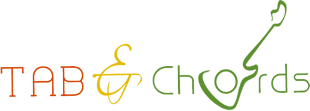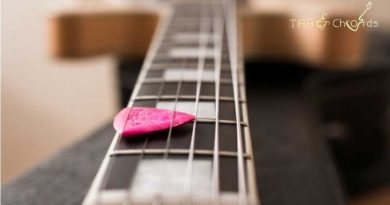How to Set Up Guitar Amplifiers
Amplifier set-up is highly subjective, and will vary greatly from player to player. By understanding how amplifier controls work, following a few simple guidelines, and taking a systematic approach, almost any amp can be set up to produce the sound you’re looking for. The same approach can be used to set up amps for basses and other instruments.
Instructions
- Plug the amplifier into a wall outlet. Turn all controls to their lowest level.
- Plug the guitar into the amplifier with a standard guitar cord. Turn all guitar controls up to full, and turn the amp’s power on.
- Adjust all tone controls to the “12 o’clock position.” Tone controls on your amp may vary, but may include treble, bass, mid-range and presence. Treble controls the high frequencies, mid-range controls middle frequencies, bass controls low freqencies and presence controls the “super-high” frequencies.
- Turn off all built-in amp or auxiliary effects, and bypass any graphic or parametric equalizers on the amplifier. Effects and equalizers are used to improve and augment a good, basic amplifier tone, which cannot be easily achieved while these tone-altering devices are present.
- Adjust the master volume (if equipped) to about halfway, and slowly turn the volume (“gain” control on some amplifiers) slowly up while strumming or sustaining a chord on the guitar. Adjust until a comfortable volume level is reached.
- Experiment with each tone control by cutting (turning down) or boosting (turning up) each knob. The 12 o’clock position on most amplifier tone controls indicates “flat” frequency response, meaning that no appreciable frequencies are added or taken away. Try cutting frequencies rather than boosting them to get the desired tone.
- Write down your favorite “dry” settings (those with no effects, distortion or extra equalization present) in a notebook for future reference. Writing down settings should be done during all the steps that follow, and diagrams of the amp controls may be used, with notches placed at favored knob settings.
- Add distortion (if desired) by bringing up the gain (or volume) control on the amplifier. The master volume will control the overall amplifier volume, and may be adjusted up or down.
- Add other effects and equalization (if equipped) and adjust as necessary. Once you’ve achieved a good, basic amp tone by following the steps above, other devices will be easier to adjust, and your overall sound will improve.
Tips & Warnings
Amp set up will take time. Understanding what the controls do and experimenting with different guitars and pickup configurations is part of the learning process.
Although certain amps offer characteristic sounds, a good amp tone can be gotten from any guitar amplifier with patient, systematic set up, regardless of price.
Avoid hearing damage by setting up your amp at comfortable volume levels. Setting up can take time, and you will likely be in close proximity to the speaker. Realizing that most famous guitarists, regardless of style, get their preferred tone and record at very low volumes can put things into perspective.
Putting all controls on “10” will cause your amplifier and speaker to work much harder, and may cause blown speakers and amplifier components. “Everything on 10” is a myth.



